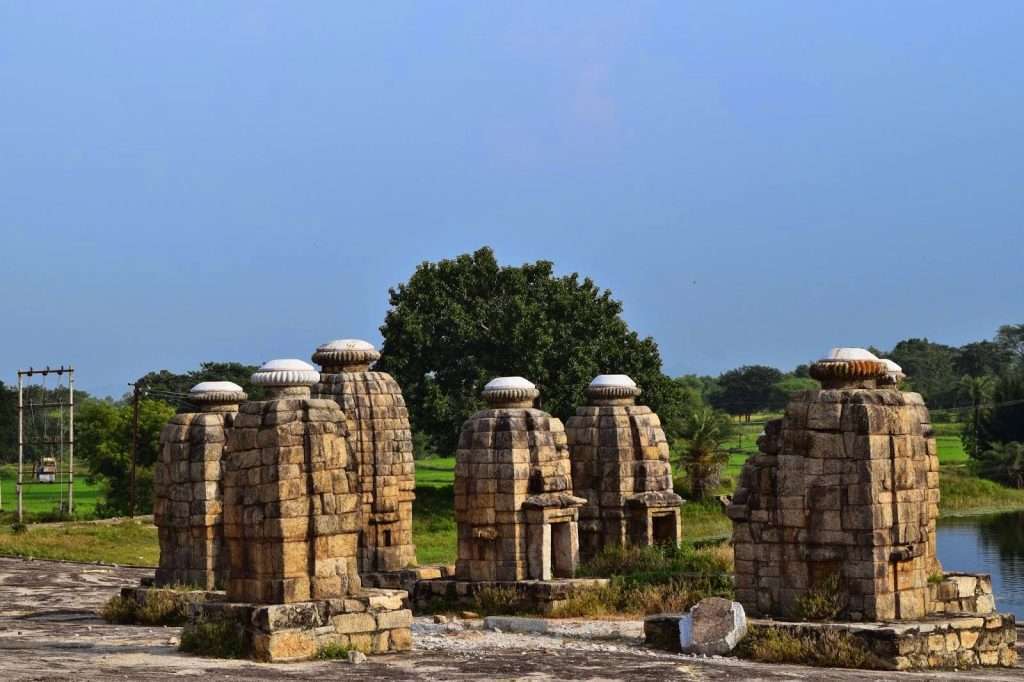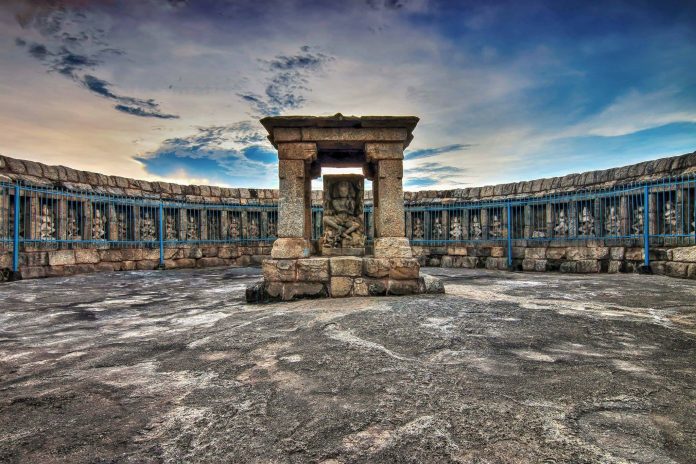Our country harbors strong religious beliefs, with people placing faith not only in various gods and goddesses but also in certain negative forces that coexist. Our state, Odisha, and particularly western Odisha, exemplify this. As children, we were enthralled by tales of ghosts and witches narrated by elders, evoking both amusement and awe in our young minds. This fascination persisted into adulthood. Through historical accounts, myths, and legends, we encountered stories such as philosopher king Indrabhuti’s practice of Vajrayana Tantricism within Buddhism, or the folklore of a woman with Tantric abilities transforming a sheep into a human at night in Sonepur. Similarly, the tale of seven ‘Kuanris’ engaging in ‘Tantra Sadhana’ in Patnagarh, Bolangir district, captured our imagination. Lord Shiva, regarded as the God of ghosts and spirits, is often depicted with them in our scriptures, such as during His marriage to Mata Parvati.
Although the existence of ghosts and spirits is widely believed, science has yet to accept them due to a lack of empirical evidence. Religion and spiritualism are deeply ingrained in our society, making it challenging to disregard the belief in ghosts and spirits, which have persisted through generations. Ranipur Jharial is one such site associated with Lord Shiva and the ‘Chaushathi’ or 64 Yoginis.
When we envision Lord Shiva, a serene and benevolent deity often comes to mind. However, there’s another aspect often overlooked—the furious dancer who destroys in his rage. He is the ultimate creator and destroyer, the Yogi of the yoginis who meditate upon and appease him. This duality is vividly portrayed in Ranipur Jharial, Bolangir district. Located 104 kilometers from Bolangir, 32 kilometers from Titilagarh, 62 kilometers from Bhawanipatna, and 26 kilometers from Kantabanji, Ranipur Jharial, the Chaushathi Yogini Peetha, attracts tourists from far and wide.
There are only four Chaushathi Yogini Peethas in the entire country, and Ranipur Jharial is one of them. This circular open-air temple is dedicated to the 64 Yoginis, with the central shrine featuring images of Lord Shiva and the Yoginis in dancing forms. Constructed of sandstone, the central shrine spans approximately fifty feet in diameter. Although the ravages of time have taken their toll, 62 of the 64 Yoginis have endured. Lord Shiva is depicted as Nateshwar, the Lord of Dance, with images of Ganesh and Nandi at the base. As in the Hirapur 64 Yogini temple about twenty kilometres from Bhubaneswar, there are no mother goddesses among the Yoginis. But the tradition is not followed in the other Yogini temples.

The presence of other temples indicates the historical significance of Ranipur Jharial. Set against a desolate rural backdrop, the temple sits atop a vast, flat stone table, evoking an eerie sensation, particularly under a moonlit night. The adjacent Shiva temple, alongside the expansive Someswar Sagar pond, offers a breathtaking view. Believed to have existed since the 9th century AD, Ranipur Jharial was developed by the Somavanshi kings who once ruled the region. However, references to the site as Somatirtha in puranas dating back to the 3rd and 4th centuries suggest its antiquity as a Saiva Peetha. It is also believed to have Buddhist associations predating the 3rd century AD, indicating a rich religious history. The Vajrayana Tantricism and Sahajayana of Indrabhuti and Luxminkara of Sambhal were particularly influential in the region.
Apart from the Chaushathi Yogini Peetha, Ranipur Jharial boasts other attractions such as the Leharigudi, Someswar temple, Rani temple or gudi, and the Indralath brick temple. The latter, although debated by experts, exhibits an amalgamation of Saiva and Vaishnava cults. While some identify it as a Vishnu temple, others argue for its Saiva origins. Despite extensive research on the site’s historicity, further archaeological studies could shed more light on its past.
Although Ranipur Jharial is a protected monument, further development is necessary to attract more tourists. With its blend of Shaivism, Shaktism, and traces of Vaishnavism, Ranipur Jharial stands as a testament to the rich cultural heritage of western Odisha and its role in nurturing tantric traditions.
(The views expressed are the writer’s own)

Mr. Prafulla Kumar Majhi,
Retired Asst. Director, A. I. R, is an eminent Scholar and freelance writer in English & Odia. His areas of interests are sociocultural, economic, literary, historical and analytical studies and writings.

